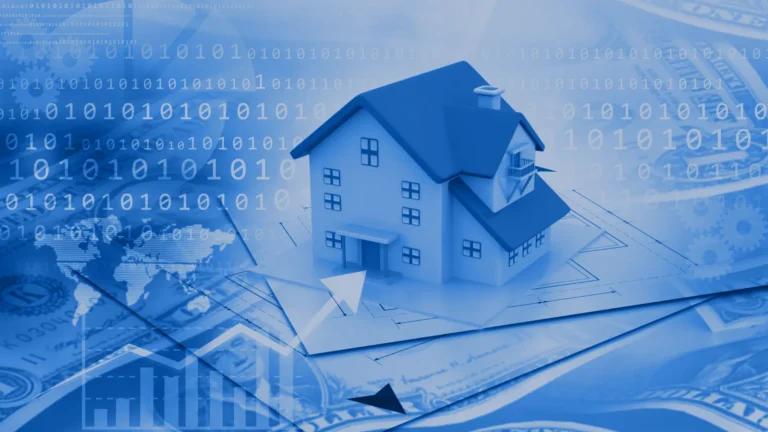
Rise of Eco-Friendly Homes
In an era marked by increasing environmental awareness, the concept of sustainable living has moved from a niche interest to a mainstream movement. At the heart of this shift lies the growing popularity of eco-friendly homes. These residences, designed and built with environmental responsibility in mind, offer a multitude of benefits, from reduced energy consumption to improved indoor air quality. Let’s explore the key advantages and emerging trends driving the rise of eco-friendly homes.
Benefits of Eco-Friendly Homes
- Reduced Environmental Impact: Eco-friendly homes are designed to minimize their carbon footprint. They often incorporate features like solar panels, energy-efficient appliances, and rainwater harvesting systems, reducing reliance on fossil fuels and conserving precious resources. This translates to lower greenhouse gas emissions and a smaller overall impact on the environment.
- Lower Energy Bills: One of the most important benefits of eco-friendly homes is the significant reduction in energy costs. Efficient insulation, high-performance windows, and smart home technology help to minimize energy waste, leading to substantial savings on utility bills. This makes eco-friendly homes not only environmentally responsible but also economically advantageous.
- Improved Indoor Air Quality: Eco-friendly homes often prioritize the use of natural and non-toxic building materials. This reduces the presence of harmful chemicals and volatile organic compounds (VOCs) in the indoor environment, leading to improved air quality and a healthier living space. This is particularly beneficial for individuals with allergies or respiratory sensitivities.
- Increased Property Value: As the demand for sustainable living grows, eco-friendly homes are becoming increasingly desirable in the real estate market. Their unique features and energy efficiency often translate to higher property values, making them a sound investment for homeowners.
- Enhanced Comfort and Well-being: Eco-friendly homes are often designed to maximize natural light and ventilation, creating a comfortable and inviting living environment. The use of natural materials and the connection to the outdoors can also contribute to a sense of well-being and a more relaxed atmosphere.
- Resource Conservation: Eco-friendly homes prioritize the efficient use of resources, including water and building materials. Features like low-flow fixtures, rainwater harvesting systems, and the use of recycled or reclaimed materials help to conserve these valuable resources.
Emerging Trends in Eco-Friendly Homes
- Net-Zero Energy Homes: These homes are designed to produce as much energy as they consume, achieving a net-zero energy balance. This is typically accomplished through the use of renewable energy sources like solar panels and wind turbines, coupled with highly energy-efficient construction.
- Passive House Design: Passive House is a rigorous energy-efficiency standard that focuses on creating a comfortable living environment with minimal energy consumption. Passive houses utilize super insulation, airtight construction, and heat recovery ventilation to achieve exceptional energy performance.
- Smart Home Technology: Smart home technology plays a crucial role in optimizing energy usage in eco-friendly homes. Smart thermostats, lighting controls, and energy monitoring systems allow homeowners to track and manage their energy consumption more effectively.
- Sustainable Building Materials: The use of sustainable building materials is a key trend in eco-friendly construction. This includes materials like bamboo, recycled wood, and reclaimed materials, which have a lower environmental impact than traditional building materials.
- Green Roofs and Walls: Green roofs and walls offer a variety of benefits, including improved insulation, reduced stormwater runoff, and enhanced biodiversity. They also create a visually appealing and natural element in the urban landscape.
- Modular and Prefabricated Construction: Modular and prefabricated construction methods can significantly reduce construction waste and improve energy efficiency. These methods also allow for faster and more cost-effective construction.
- Focus on Biophilic Design: Biophilic design emphasizes the connection between humans and nature. Eco-friendly homes are increasingly incorporating biophilic design principles, such as natural light, indoor plants, and views of nature, to create a more harmonious and restorative living environment.
- Community-Oriented Sustainable Development: Beyond individual homes, there’s a growing trend toward developing entire communities based on sustainable principles. These communities often incorporate shared resources, green spaces, and sustainable transportation options.
The rise of eco-friendly homes is not just a trend; it’s a fundamental shift in how we think about housing and our relationship with the environment. As awareness of environmental issues continues to grow, we can expect to see even more innovation and adoption of eco-friendly building practices in the years to come. By embracing sustainable living, we can create healthier, more comfortable homes while also protecting the planet for future generations.




